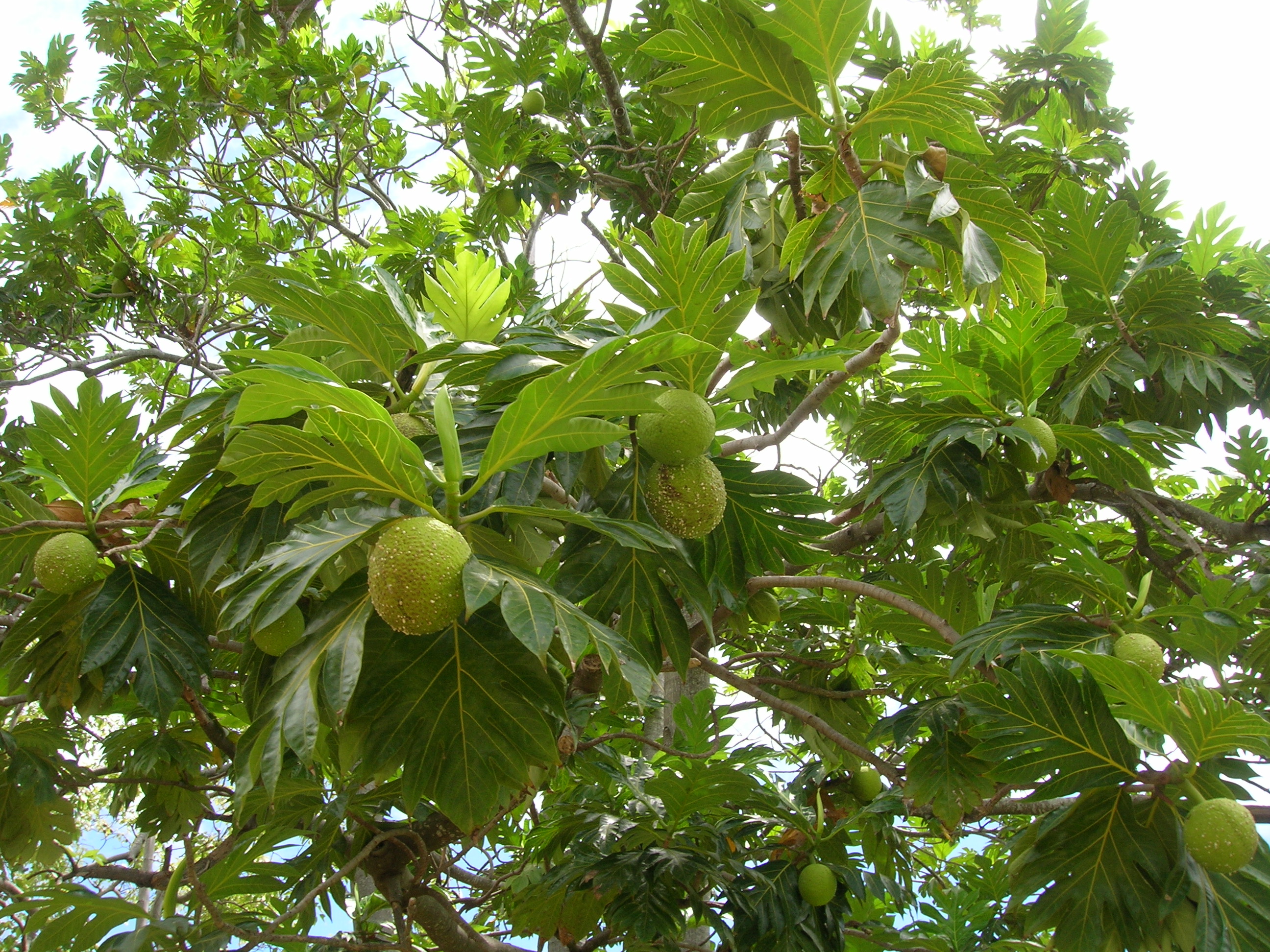|
Perina Nuda
''Perina nuda'', the clearwing tussock moth or banyan tussock moth, is a moth of the family Erebidae. The species was first described by Johan Christian Fabricius in 1787. It is found in the Indian subregion, Sri Lanka, to southern China Hong Kong, Thailand and Sundaland. Description Adults show striking sexual dimorphism. The caterpillar has a greyish head and flanks, with the broad black dorsum. Setae are white. Pupa is bristly, piebald in dark grey and cream. Setae in pupa orange. The caterpillar is a minor pest on several banyan species such as '' Ficus benjamina'', '' Ficus benghalensis'', '' Ficus racemosa'', ''Ficus pumila'' and ''Ficus religiosa''. and also many crop plants like '' Artocarpus'' and ''Mangifera''. The species is associated with an RNA virus An RNA virus is a virusother than a retrovirusthat has ribonucleic acid (RNA) as its genetic material. The nucleic acid is usually single-stranded RNA ( ssRNA) but it may be double-stranded (dsRNA). Notable human ... [...More Info...] [...Related Items...] OR: [Wikipedia] [Google] [Baidu] |
Johan Christian Fabricius
Johan Christian Fabricius (7 January 1745 – 3 March 1808) was a Danish zoology, zoologist, specialising in "Insecta", which at that time included all arthropods: insects, arachnids, crustaceans and others. He was a student of Carl Linnaeus, and is considered one of the most important entomologists of the 18th century, having named nearly 10,000 species of animals, and established the basis for the modern insect Biological classification, classification. Biography Johan Christian Fabricius was born on 7 January 1745 at Tønder in the Duchy of Schleswig, where his father was a doctor. He studied at the gymnasium (school), gymnasium at Altona, Hamburg, Altona and entered the University of Copenhagen in 1762. Later the same year he travelled together with his friend and relative Johan Zoëga to Uppsala University, Uppsala, where he studied under Carl Linnaeus for two years. On his return, he started work on his , which was finally published in 1775. Throughout this time, he remaine ... [...More Info...] [...Related Items...] OR: [Wikipedia] [Google] [Baidu] |
Ficus Benghalensis
''Ficus benghalensis'', commonly known as the banyan, banyan fig and Indian banyan, is a tree native to the Indian Subcontinent. Specimens in India are among the largest trees in the world by canopy coverage. It also known as the "strangler fig" because it starts out as epiphyte, that is, leaning on another tree that it ends up suffocating. Description ''Ficus benghalensis'' is an evergreen, fast-growing tree found mainly in monsoon and rainforests, that can reach a height of up to 30 meters. It is resistant to drought and mild frost. It produces propagating roots which grow downwards as aerial roots on the branches that grow downward like lianas. Once these roots reach the ground, they take root and become woody trunks and supportive. The figs produced by the tree are eaten by birds such as the Indian myna. Fig seeds that pass through the digestive system of birds are more likely to germinate and sprout earlier. Reproduction Banyan trees reproduce easily by seed or by sta ... [...More Info...] [...Related Items...] OR: [Wikipedia] [Google] [Baidu] |
RNA Virus
An RNA virus is a virusother than a retrovirusthat has ribonucleic acid (RNA) as its genetic material. The nucleic acid is usually single-stranded RNA ( ssRNA) but it may be double-stranded (dsRNA). Notable human diseases caused by RNA viruses include the common cold, influenza, SARS, MERS, Covid-19, Dengue Virus, hepatitis C, hepatitis E, West Nile fever, Ebola virus disease, rabies, polio, mumps, and measles. The International Committee on Taxonomy of Viruses (ICTV) classifies RNA viruses as those that belong to ''Group III'', ''Group IV'' or ''Group V'' of the Baltimore classification system. This category excludes ''Group VI'', viruses with RNA genetic material but which use DNA intermediates in their life cycle: these are called retroviruses, including HIV-1 and HIV-2 which cause AIDS. As of May 2020, all known RNA viruses encoding an RNA-directed RNA polymerase are believed to form a monophyletic group, known as the realm ''Riboviria''. The majority of su ... [...More Info...] [...Related Items...] OR: [Wikipedia] [Google] [Baidu] |
Mangifera
''Mangifera'' is a genus of flowering plants in the cashew family, Anacardiaceae. It contains approximately 69 species, with the best-known being the Common Mango ('' Mangifera indica''). The center of diversity of the genus is in the Malesian ecoregion of Southeast Asia; particularly in Sumatra, Borneo, and the Malay peninsula. They are generally canopy trees in lowland rainforests, reaching a height of . Uses ''Mangifera'' species are widely cultivated in Asia and elsewhere. More than 27 species in the genus bear edible, fleshy fruits, especially the Common Mango ('' M. indica''). Others, such as '' M. foetida'', yield astringent fruits that can be eaten pickled. Mango wastes, such as the seed kernel and peel, have high functional and nutritional potential. Mango seed contains important bioactive compounds that have high antioxidant activity, lipids that have acceptable physical and chemical characteristics (free of trans fatty acids), and a high protein content. The mango pee ... [...More Info...] [...Related Items...] OR: [Wikipedia] [Google] [Baidu] |
Artocarpus
''Artocarpus'' is a genus of approximately 60 trees and shrubs of Southeast Asian and Pacific origin, belonging to the mulberry family, Moraceae. Most species of ''Artocarpus'' are restricted to Southeast Asia; a few cultivated species are more widely distributed, especially '' A. altilis'' (breadfruit) and '' A. heterophyllus'' (jackfruit), which are cultivated throughout the tropics. Description All ''Artocarpus'' species are laticiferous trees or shrubs that are composed of leaves, twigs and stems capable of producing a milky sap. The flora type is monoecious and produces unisexual flowers; furthermore, both sexes are present within the same plant. The plants produce small, greenish, female flowers that grow on short, fleshy spikes. Following pollination, the flowers grow into a syncarpous fruit, and these are capable of growing into very large sizes. The stipulated leaves vary from small and entire ('' Artocarpus integer'') to large and lobed (''Artocarpus altilis''), wi ... [...More Info...] [...Related Items...] OR: [Wikipedia] [Google] [Baidu] |
Ficus Religiosa
''Ficus religiosa'' or sacred fig is a species of fig native to the Indian subcontinent and Indochina that belongs to Moraceae, the fig or mulberry family. It is also known as the bodhi tree, pippala tree, peepul tree, peepal tree, pipal tree, or ashvattha tree (in India and Nepal). The sacred fig is considered to have a religious significance in three major religions that originated on the Indian subcontinent, Hinduism, Buddhism and Jainism. Hindu and Jain ascetics consider the species to be sacred and often meditate under it. This is the tree under which Gautama Buddha is believed to have attained enlightenment. The sacred fig is the state tree of the Indian states of Odisha, Bihar and Haryana. Description ''Ficus religiosa'' is a large dry season-deciduous or semi-evergreen tree up to tall and with a trunk diameter of up to . The leaves are cordate in shape with a distinctive extended drip tip; they are long and broad, with a petiole. The fruits are small figs ... [...More Info...] [...Related Items...] OR: [Wikipedia] [Google] [Baidu] |
Ficus Pumila
''Ficus pumila'', commonly known as the creeping fig or climbing fig, is a species of flowering plant in the mulberry family, native to East Asia (China, Japan, Vietnam) and naturalized in parts of the southeastern and south-central United States. It is also found in cultivation as a houseplant. The Latin specific epithet ''pumila'' means "dwarf", and refers to the very small leaves of the plant. Description ''Ficus pumila'' is a woody evergreen liana, growing to . It can grow up to tall if it isn't regularly pruned. The juvenile foliage is much smaller and thinner than mature leaves produced as the plant ages. The leaves are oval, cordate, asymmetrical, with opposite veins. It is creeping or can behave like a liana and also climb trees, rocks, etc. up to 4 m in height or more. The aerial roots secrete a translucent latex that hardens on drying, allowing the sticks to adhere to their support. Cultivation As the common name, "creeping fig" indicates, the plant has a creeping/vi ... [...More Info...] [...Related Items...] OR: [Wikipedia] [Google] [Baidu] |
Ficus Racemosa
''Ficus racemosa'', the cluster fig, red river fig or gular, is a species of plant in the family Moraceae. It is native to Australia and tropical Asia. It is a fast-growing plant with large, very rough leaves, usually attaining the size of a large shrub, although older specimens can grow quite large and gnarled. It is unusual in that its figs grow on or close to the tree trunk, termed cauliflory. The fruits are commonly eaten as a vegetable after the seeds have been discarded, and made into stir-fries and curries. The fruits are a favourite staple of the common Indian macaque. It serves as a food plant for the caterpillars of the two-brand crow butterfly ('' Euploea sylvester'') of northern Australia. In Hinduism According to the Shatapatha Brahmana, the Audumbara tree was created from the force of Indra, the leader of the gods that came out of his flesh when he overindulged in soma: ''From his hair his thought flowed, and became millet; from his skin his honour flowed, and ... [...More Info...] [...Related Items...] OR: [Wikipedia] [Google] [Baidu] |
Ficus Benjamina
''Ficus benjamina'', commonly known as weeping fig, benjamin fig or ficus tree, and often sold in stores as just ficus, is a species of flowering plant in the family Moraceae, native to Asia and Australia. It is the official tree of Bangkok. The species is also naturalized in the West Indies and in the states of Florida and Arizona in the United States. In its native range, its small fruit are favored by some birds. Description ''Ficus benjamina'' is a tree reaching tall in natural conditions, with gracefully drooping branchlets and glossy leaves , oval with an acuminate tip. The bark is light gray and smooth. The bark of young branches is brownish. The widely spread, highly branching tree top often covers a diameter of 10 meters. It is a relatively small-leaved fig. The changeable leaves are simple, entire and stalked. The petiole is long. The young foliage is light green and slightly wavy, the older leaves are green and smooth; the leaf blade is ovate to ovate-lanceolate ... [...More Info...] [...Related Items...] OR: [Wikipedia] [Google] [Baidu] |
Moth
Moths are a paraphyletic group of insects that includes all members of the order Lepidoptera that are not butterflies, with moths making up the vast majority of the order. There are thought to be approximately 160,000 species of moth, many of which have yet to be described. Most species of moth are nocturnal, but there are also crepuscular and diurnal species. Differences between butterflies and moths While the butterflies form a monophyletic group, the moths, comprising the rest of the Lepidoptera, do not. Many attempts have been made to group the superfamilies of the Lepidoptera into natural groups, most of which fail because one of the two groups is not monophyletic: Microlepidoptera and Macrolepidoptera, Heterocera and Rhopalocera, Jugatae and Frenatae, Monotrysia and Ditrysia.Scoble, MJ 1995. The Lepidoptera: Form, function and diversity. Oxford, UK: Oxford University Press; 404 p. Although the rules for distinguishing moths from butterflies are not well est ... [...More Info...] [...Related Items...] OR: [Wikipedia] [Google] [Baidu] |
Sundaland
Sundaland (also called Sundaica or the Sundaic region) is a biogeographical region of South-eastern Asia corresponding to a larger landmass that was exposed throughout the last 2.6 million years during periods when sea levels were lower. It includes Borneo, Java, and Sumatra in Indonesia, and their surrounding small islands, as well as the Malay Peninsula on the Asian mainland. Extent The area of Sundaland encompasses the Sunda Shelf, a tectonically stable extension of Southeast Asia's continental shelf that was exposed during glacial periods of the last 2 million years. The extent of the Sunda Shelf is approximately equal to the 120-meter isobath. In addition to the Malay Peninsula and the islands of Borneo, Java, and Sumatra, it includes the Java Sea, the Gulf of Thailand, and portions of the South China Sea. In total, the area of Sundaland is approximately 1,800,000 km2. The area of exposed land in Sundaland has fluctuated considerably during the past rec ... [...More Info...] [...Related Items...] OR: [Wikipedia] [Google] [Baidu] |
Thailand
Thailand ( ), historically known as Siam () and officially the Kingdom of Thailand, is a country in Southeast Asia, located at the centre of the Indochinese Peninsula, spanning , with a population of almost 70 million. The country is bordered to the north by Myanmar and Laos, to the east by Laos and Cambodia, to the south by the Gulf of Thailand and Malaysia, and to the west by the Andaman Sea and the extremity of Myanmar. Thailand also shares maritime borders with Vietnam to the southeast, and Indonesia and India to the southwest. Bangkok is the nation's capital and largest city. Tai peoples migrated from southwestern China to mainland Southeast Asia from the 11th century. Indianised kingdoms such as the Mon, Khmer Empire and Malay states ruled the region, competing with Thai states such as the Kingdoms of Ngoenyang, Sukhothai, Lan Na and Ayutthaya, which also rivalled each other. European contact began in 1511 with a Portuguese diplomatic mission to Ayuttha ... [...More Info...] [...Related Items...] OR: [Wikipedia] [Google] [Baidu] |



_in_Hyderabad%2C_AP_W_IMG_7645.jpg)

